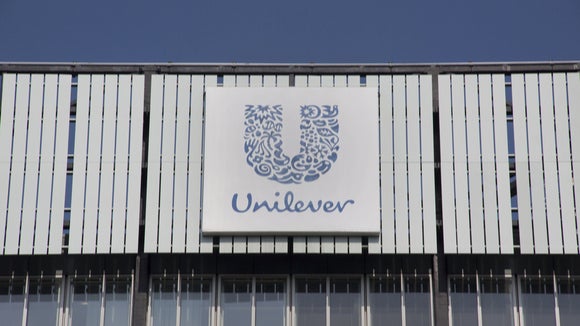Unilever has missed its sales forecasts in the first half of the year as ice cream sales are hit by poor weather and healthier, innovative competitors in North America and Europe.
This is set against the backdrop of a successful year for the company, whose sustainable business model and increasing portfolio of purpose-led brands are helping deliver financial success to the firm.
Unilever ice cream sales cool
With a 0.5% decline in ice cream sales for the world’s largest producer of ice cream in the first half of 2019, the relatively temperate weather in North America and Europe compared to the last two years has a part to play in this downturn. Yet, signs of cracks within Unilever’s ice cream division are also beginning to show as regional competitors roar ahead with innovative health-based alternatives that seek to capture market share.
Only last month, Unilever’s factory in Nevada ceased its operations. The factory produced household names such as Ben & Jerry’s, Magnum and Breyers. This suggests a reorganisation of operations as sales begin to slump.
Furthermore, the rise of regional ice cream brands aims to disrupt Unilever’s dominant position by offering healthier, artisanal and more experimental alternatives to current brands within the industry. Perhaps Halo Top serves as the best example, with their health-based high-protein, low-fat and low-calorie ice cream representing a standout success amongst consumers in the USA. This represents a shift on a broader scale across the consumer industry. Cadbury’s are cutting sugar content in their bars by 30% and Nestlé has just released a sugar-free version of the iconic Kit-Kat brand.
Nevertheless, there are signs that Unilever is stepping up its game in the industry. Unilever responded to Halo Top with their very own Culture Republick, even offering 10% of their profits to the arts in local communities.
In early 2019, Unilever’s Magnum brand launched its first-ever vegan ice cream. Moreover, Unilever’s Ben & Jerry’s brand has just recently announced plans to develop a CBD infused ice cream, positioning itself as an early adopter in this new industry. Finally, Unilever has trialled wrapper-less ice cream aimed at curbing pollution and catering to eco-conscious consumers.
A recent report by GlobalData surveyed consumers and found that 74% always/ sometimes try new or different varieties of ice cream, and much of Unilever’s existing portfolio comes in the form of recognised brands consumers are likely to have already tried. Continued new product development may, therefore, allow them to beat back their competition.
Ultimately, if Unilever’s innovations in the ice cream sector are a success, it will be primed to steer its ice cream division into positive growth and slow the meteoric rise of regional upstart competitors.
Related report:





